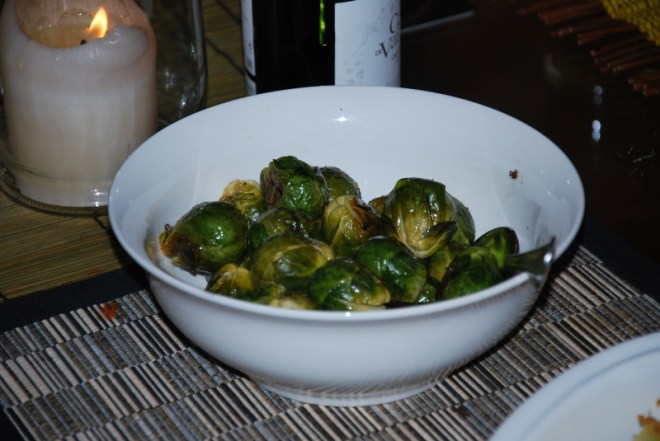Kohlrabi is a odd looking vegetable that has remained relatively unknown. It belongs to the Brassica family, which includes more favoured vegetables like broccoli, kale, and cabbage. It has a round, bulbous shape that can be green, purple, or white, and grows above ground on a thick stem; it has an unconventional appearance that seems to deter home cooks.

Kohlrabi has a mild, slightly sweet taste and a crisp texture similar to a turnip or radish. It tastes like a cross between cabbage (sweetness, and maybe just a little bit of sharp heat) and a mild radish (spicy, peppery, like mustard and horseradish).
The bulb of kohlrabi can be eaten raw and cooked, is low in calories packed with vitamins and antioxidants. The leaves can be cooked, the young leaves can be added to salads.
But despite its nutritional pedigree and potential appeal, kohlrabi an underappreciated vegetable in many kitchens.
I was recently asked to write about kohlrabi by Lindsay Marie Morris, a novelist and journalist based in Los Angeles, California. Her work spans multiple topics and she has a strong passion for Sicilian culture and cuisine.
Lindsay Marie Morris found kohlrabi recipes on my blog.
In Ragusa (south eastern Sicily) is where my father’s family lives and they cook the bulb and leaves with homemade pasta called Causunedda. The water that the vegetables are cooked in (broth) is enriched with fresh pork rind and the pasta is also cooked in the broth. It may not sound appealing, but this wet pasta dish is very unique and steeped in family tradition.
The Ragusani are known for their straightforward, flavourful dishes that focus on local produce, rich meats—especially pork—and seasonal vegetables. This emphasis on simplicity has profoundly shaped my understanding of cooking, showing me that the best meals often come from the freshest ingredients and strong traditions.
Below, photo of the homemade Causunedda as made by one of the elderly aunt and helped by the family. Unfortunately she is deceased and probably the younger faily members no longer make them.

My cousin in Ragusa mixing the Causanedda. It is usually a family affair.

In Augusta (just south of Catania), a cousin from my mother’s side of the family treats its bulb and leaves as many Italians treat green, leafy vegetables. The vegetables are cooked – boiled, then drained and sautéed in extra virgin olive oil, garlic and anchovies. Chillies are optional, but adding chillies in Sicily is very common. The sautéd vegetables are then used to dress. and like when cooking pasta with broccoli, the pasta is cooked in the flavoured water that has been used to cook the broccoli.
The recipes about kohlrabi on my blog:
KOHLRABI with pasta (Causunnedda)
A WET PASTA DISH WITH KOHLRABI
This is a very special post of the pasta making in Ragusa:
GNUCCHITEDDI (Making small gnocchi shapes using my great grandmother’s device)
Lindsay Marie Morris
My interview as published on Lindsay Marie Morris’s blog:
https://www.lindsaymariemorris.com/blog/posts/45183
Follow Lindsay Marie Morris’s author journey and explore her writing about Sicilian culture at lindsaymorris.com/blog.

A very early photograth of me holding bunches of Kohlrabi in Ragusa. You can see how the size of the bulbs are smaller and there are many more leaves than the ones I see and buy in Australia and have seen in other European countries and in Vietnam.



































